Digital Tools for Modern Foreign Languages (MFL)
Video Overview
Teacher Vicky Bouché from Christ King Girls’ School outlines how she uses digital tools to engage students in their learning in her French language class, its use in teacher assessment and providing feedback to students.
Description
Vicky outlines the different digital tools she uses to teach French. The use of Mentimeter to anonymously explore students’ prior knowledge of topics is demonstrated. She outlines how she uses Quizlet live for collaborative learning and Blooket for competitive engagement. The students use voice recordings in a tool called Vocaroo to practise and get feedback on pronunciation and authentic use of language, allowing an oral form of feedback from the teacher. The digital tool is used in the classroom where students read the selected question or sentence and use their own white boards to translate it. Digital tools like Google Forms allow teacher assessment (an ‘Exit Ticket’) at the end of a lesson.
Courses that you might be interested in
Digital Technology for Modern Foreign Language Teachers (Post-Primary)
Check out our online courses page to find other courses relevant to this topic.
Video tutorials
The following short tutorials will show you how to use apps featured in the video:
Digital Learning Framework
This video supports the following statements of the Digital Learning Framework (DLF):
Teaching & Learning (1 Learner Outcomes)
2.3 Standard: Students reflect on their progress as learners and develop a sense of ownership of and responsibility for their learning.
Teaching & Learning (2. Learner Experiences)
- 1 Standard: Students engage purposefully in meaningful learning activities
Students use digital technologies for sourcing, exchanging of information to develop understanding and support basic knowledge creation. - 3 Students use digital technologies to creatively and critically develop their competence as autonomous, self-directed learners and are able to set meaningful personal goals for future learning.
Teachers’ Individual Practice
3.1 Standard: The teacher has the requisite subject knowledge, pedagogical knowledge and classroom management skills
- Teachers use a range of digital technologies to design new opportunities for learning, teaching and assessment.
- Teachers model high-level teaching, knowledge and skills, using digital technologies to support student creativity, innovation and knowledge creation.
- Teachers critically reflect and experiment with a range of digital learning activities, continuously evaluate their effectiveness, and revise their teaching strategies accordingly.
3.2 The teacher selects and uses planning, preparation and assessment practices that progress students’ learning
- Teachers use appropriate digital technologies to support differentiated learning, enabling learners to take ownership of their individual learning needs.
- Teachers use appropriate digital technologies to help students design projects and activities that engage them in collaborative problem solving, research, and/or artistic creation.
- Teachers use digital technologies to make assessment more relevant and transparent for students and parents, allowing them to make informed choices on future learning priorities.
- Teachers design and use a variety of digital technologies for assessment of learning and assessment for learning and regularly evaluate their validity and reliability.
Visit DL Planning to explore what other areas of the DLF are supported in this video, and to help you to plan for digital learning in your class.


